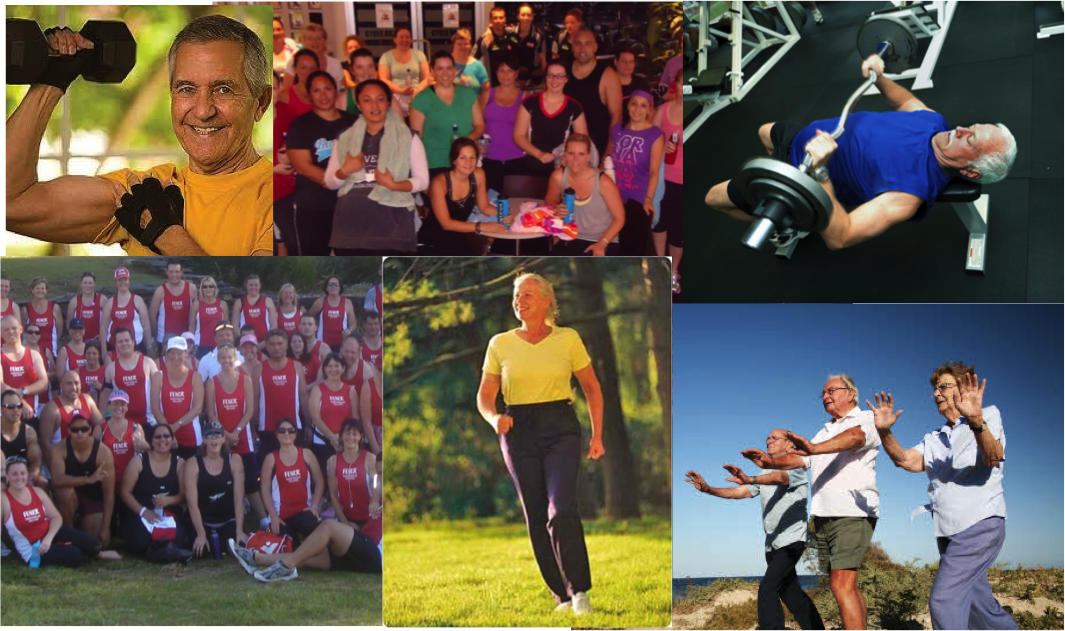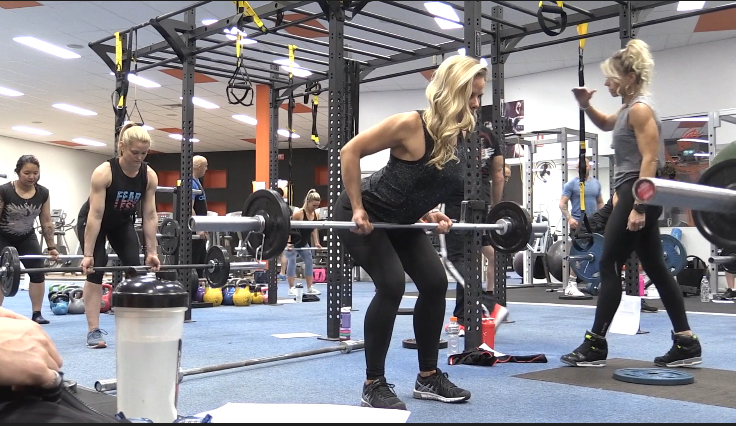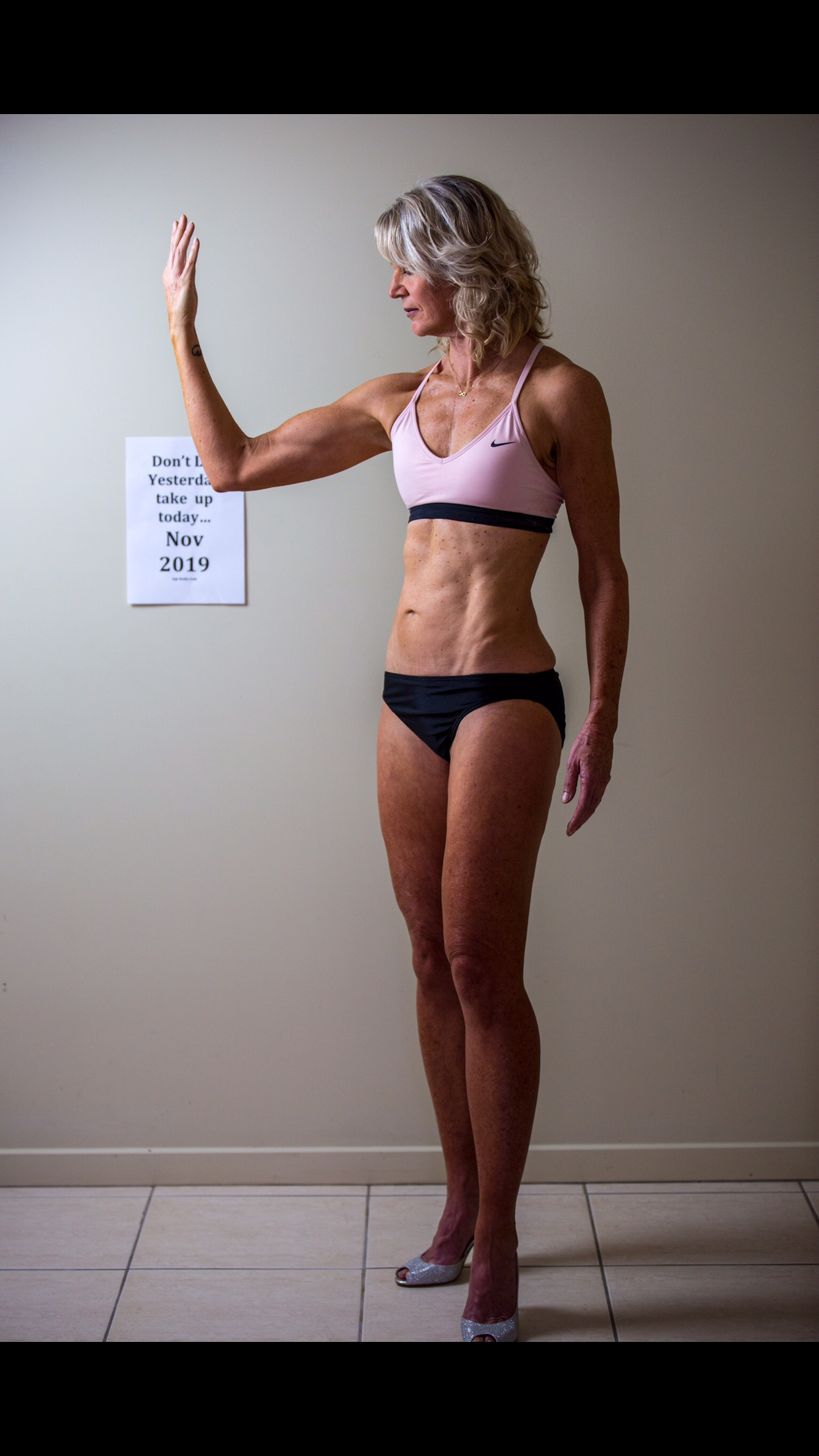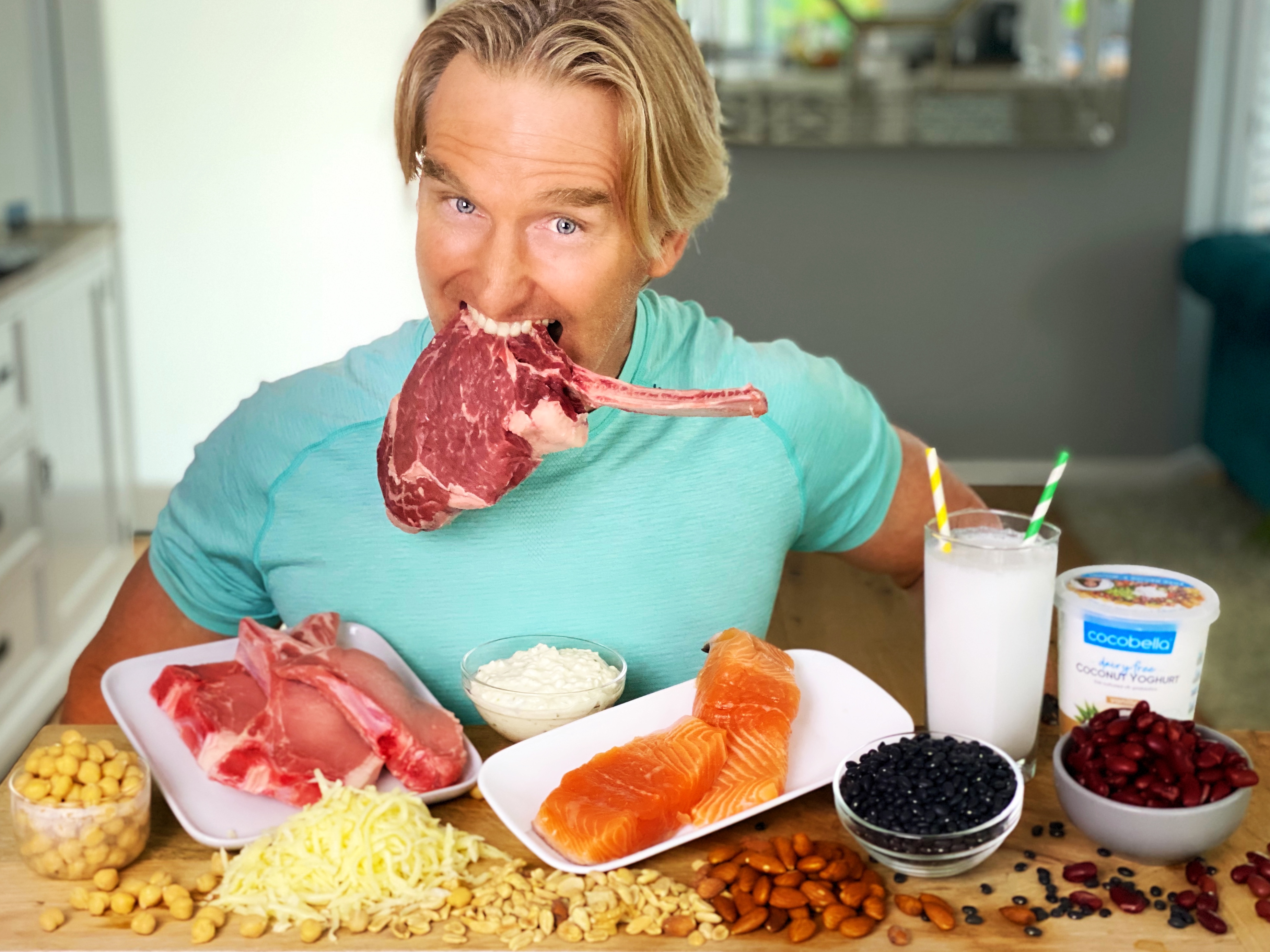
This week, let’s discuss the best proteins for you to optimize results from exercise.
What’s best if you’re vegan? Can’t consume dairy? Or gluten? etc. In fact, after reading this, you’ll be able to determine your own best protein sources regardless of your circumstances. If you’re interested, please read on.
Firstly, to determine what is best, look at how concentrated the food is by using the ingredients label. Every food that provides one must include how much protein per 100grams of food or material. See my tables below.
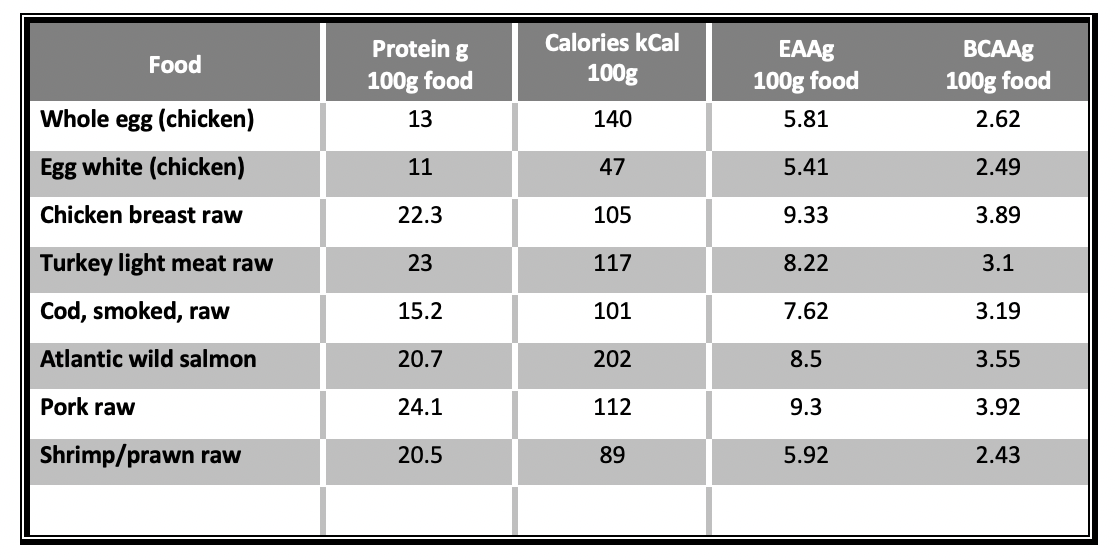
Equally important is the amount of energy; carbs and fats, the protein source provides. For example, most lean meats (beef, fish and poultry) will provide around 20+ grams of gluten-free protein for only 120-180kcals. Whereas the same 20grams of protein from peanuts, cashews, walnuts or almonds will give you a whopping 600kcals and it’s mostly fat. No matter how natural it is, that amount of fat in your meals won’t do your weight loss efforts any favours.
Legumes are definitely a much less calorie dense plant-based option. However to get 20grams of protein from most beans or lentils you’d need to consume 200-250grams of them cooked which provides over 50grams of carbohydrates with a bowel trembling 15-19grams of fiber.
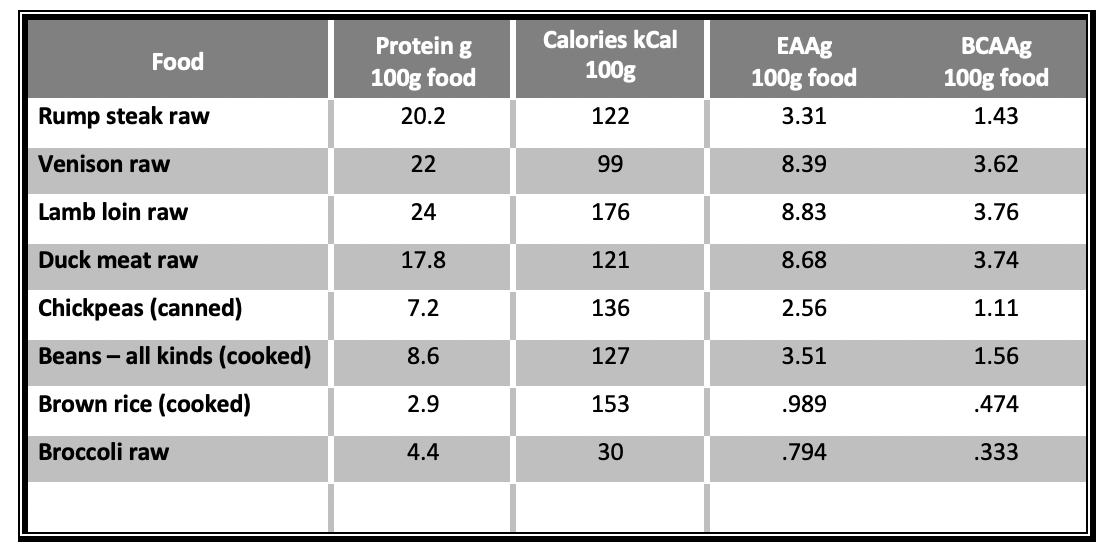
Grains and seeds are also another important option most vegetarians use to help meet their protein requirements. Quinoa is considered a gluten-free protein-rich grain that’s actually a seed. To obtain close to 20grams of protein you would need to consume over 450grams of cooked quinoa that also provides over 95grams of carbs. Whereas a handful (80-90grams) of the more well-known seeds such as pumpkin, sunflower, sesame, will provide 20grams of protein that’s wrapped in well over 500kcals.
That handful of seeds is the caloric equivalent of 2 cooked porterhouse steaks with a serve of chips and 3 cups of veggies!
If steak isn’t your thing, you could go for two big serves of Shar’s vegetarian Pumpkin Lentil ‘Sagna which would provide 32grams of meat-free protein and still not hit the 500kcals mark.
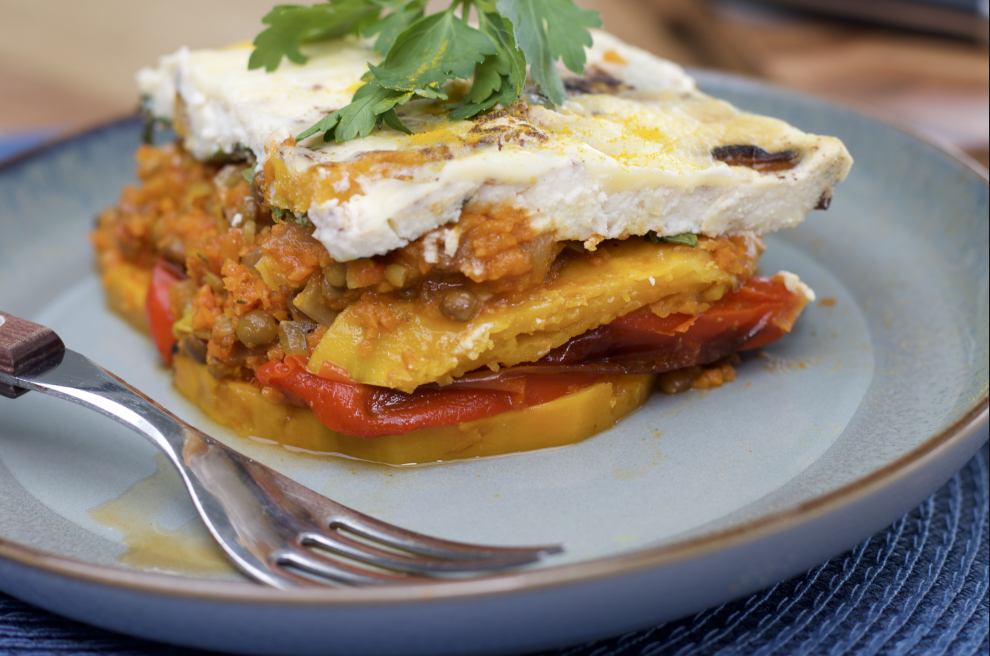
Better than Lego?
It may not be as simple as aiming for a recommended protein amount, the dose, amino acid composition and digestion rate of dietary protein have all been shown to influence results desired from exercise training.
For example, The Lego bricks of all protein structures are called amino acids. In particular the Essential Amino Acids (EAA) are those that the body cannot make and must be supplied in the diet. A tonne of great research now reveals how important the EAA’s are for achieving a lean, healthy body that excels in athletic performance.
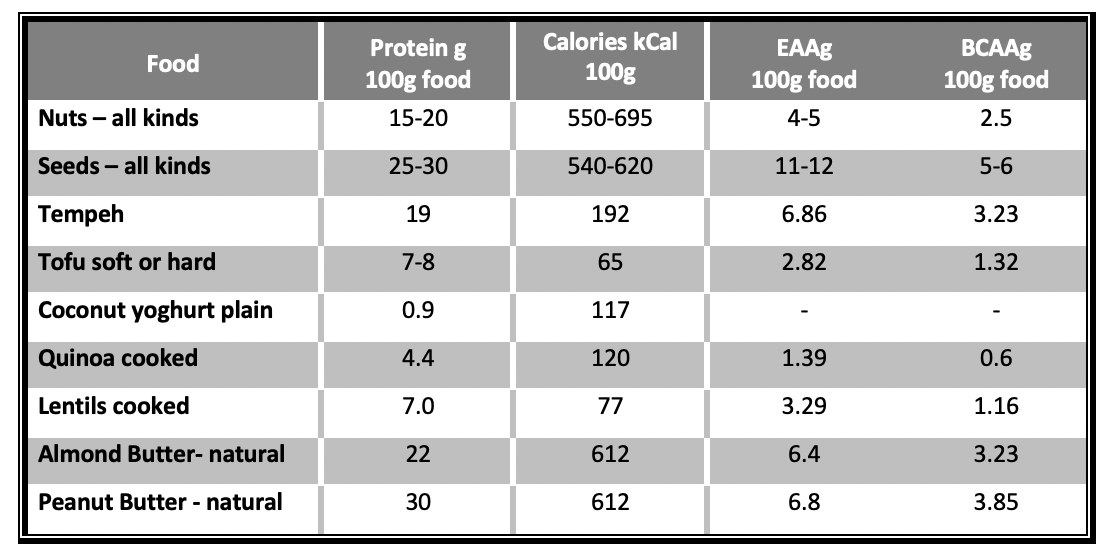
The protein we eat needs to stimulate a high rate of muscle protein synthesis. Stimulating a high rate of muscle protein synthesis is the underlying mechanism of all adaptations (results) we want from exercise training. Not all proteins are created equally in their ability to do this.
Contemporary research has revealed that to optimally stimulate muscle protein synthesis young adults need to consume 0.25g of EAA-rich protein per kg of body weight in their meals every day and after exercise. So that means if you’re in your 20’s or 30’s, weigh 70kgs and want to maximize gains from intense exercise; your protein-rich meals need to provide you with around 17-18grams of EAA’s.

To stimulate a high rate of muscle protein synthesis that optimizes muscle gains and fat loss, older adults need more EAA-rich protein sources. If you’re over 40 years of age, to optimise results your meals need to aim for up to 0.4g of EAA-rich protein per kilo of body weight. Yep, to shift the pudge, the older you get the more EAA-rich protein you need!
If you’re looking through my tables and thinking you need to top up on these all-important Lego bricks in some of your meals, you’d be right. Be sure to review my table below to select the best protein supplement sources you can add to some meals and snacks.
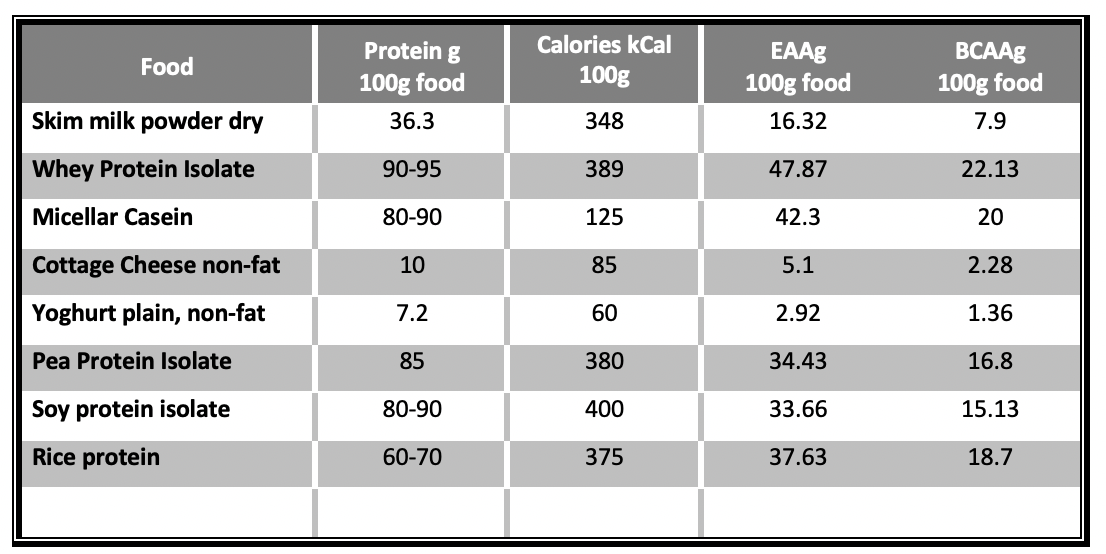
There is a small subgroup of those EAAs that really act as turbo chargers for muscle recovery, strength gains and immunity. They are called the branch chain amino acids (BCAAs). Science shows that proteins rich in BCAAs have a profound role in improving the results we desire from exercise training.
To select the best choices for you, use the tables I’ve provided to get your amounts, but also take note of the concentration of EAA and BCAA in your meals to optimise results. This information is from my MP Level 1 Metabolic Nutrition Certification Course.

The Research
Protein requirements beyond the RDA: implications for optimizing health. Phillips SM, Chevalier S, Leidy HJ.
International Society of Sports Nutrition Position Stand: protein and exercise. Jäger R, Kerksick CM, Campbell BI, Cribb PJ, et al. J Int Soc Sports Nutr. 2017 Jun 20;14:20.
Dietary Protein Quantity, Quality, and Exercise Are Key to Healthy Living: A Muscle-Centric Perspective Across the Lifespan. Burd NA, McKenna CF, Salvador AF, Paulussen KJM, Moore DR. Front Nutr. 2019 Jun 6;6:83.
Maximizing Post-exercise Anabolism: The Case for Relative Protein Intakes. Moore DR. Front Nutr. 2019 Sep 10;6:147.
Protein ingestion to stimulate myofibrillar protein synthesis requires greater relative protein intakes in healthy older versus younger men. Moore DR, Churchward-Venne TA, Witard O, Breen L, Burd NA, Tipton KD, Phillips SM. J Gerontol A Biol Sci Med Sci. 2015 Jan;70(1):57-62
